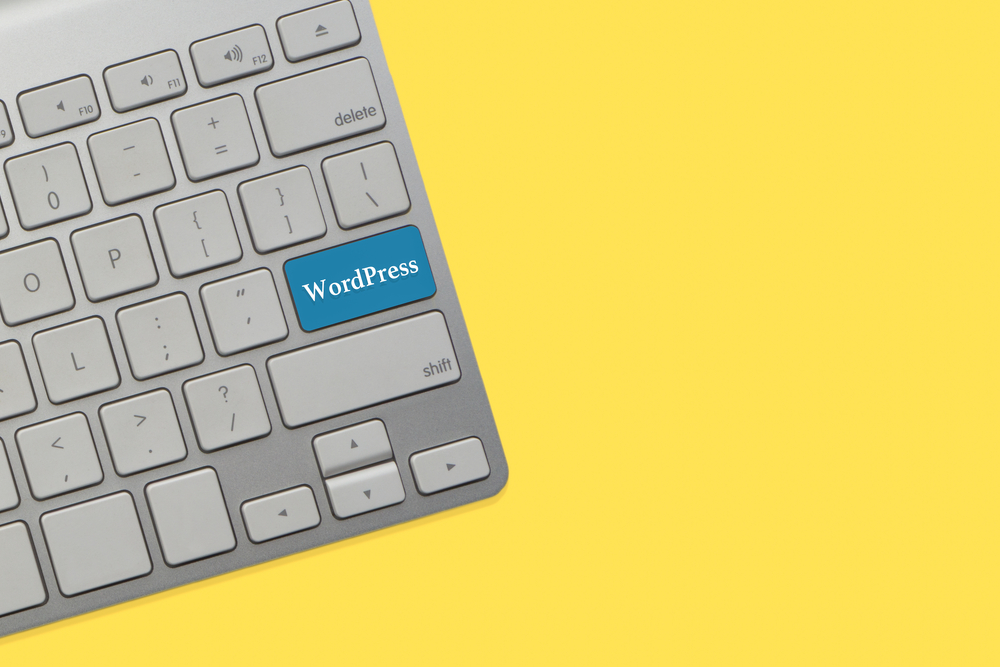
Creating a successful blog can be a daunting task, whether you're just starting out or have been blogging for years. With millions of blogs on the internet, it can be hard to stand out and attract readers to your content. However, with the right strategies and techniques, you can create engaging and successful blog site that will keep your audience coming back for more.
Find Your Niche
One of the most important aspects of creating a successful blog is finding your niche. It's essential to focus on a specific topic that interests you and that you are knowledgeable about. This will help you attract a targeted audience who are interested in the content you are creating. Whether you're passionate about food, travel, fashion, or technology, there is an audience out there for every niche.
Create High-Quality Content
Once you have found your niche, it's crucial to create high-quality content that will keep your readers engaged. This includes writing well-researched articles, using high-resolution images, and formatting your blog posts in an easy-to-read manner. Make sure to proofread your content for any grammar or spelling errors and always provide value to your readers.
Use Eye-Catching Graphics
In addition to high-quality content, using eye-catching graphics can help make your blog more engaging. Visual elements such as photos, infographics, and videos can help break up long blocks of text and keep your readers interested. Be sure to use high-quality images that are relevant to your content and optimize them for fast loading times.
Engage with Your Audience
Engaging with your audience is crucial to building a loyal following for your blog. Respond to comments on your blog posts, engage with your followers on social media, and ask for feedback from your readers. Building a strong relationship with your audience can help create a community around your blog and keep readers coming back for more.
Promote Your Content
Creating engaging and successful weblog site is not just about creating great content, but also about promoting it effectively. Use social media platforms such as Twitter, Facebook, and Instagram to share your blog posts and engage with your audience. You can also reach out to other bloggers in your niche for collaborations and guest posting opportunities to reach a wider audience.
Optimize for SEO
Search engine optimization (SEO) is essential for driving organic traffic to your blog. Make sure to optimize your blog posts for relevant keywords, use meta tags and descriptions, and create a sitemap for search engines to crawl. This will help your weblog website rank higher in search engine results pages and attract more readers to your content.
Stay Consistent
Consistency is key when it comes to creating engaging and successful blog website . Whether you decide to post weekly, bi-weekly, or daily, sticking to a consistent posting schedule will help keep your audience engaged and coming back for more. Create an editorial calendar to plan out your content in advance and stay on track with your blogging goals.
Collaborate with Other Bloggers
Collaborating with other bloggers in your niche can help expand your reach and attract new readers to your blog. Reach out to other bloggers for collaboration opportunities such as guest posting, hosting joint giveaways, or participating in round-up posts. Building relationships with other bloggers can help you tap into new audiences and grow your blog's following.
Monitor Your Analytics
Monitoring your blog's analytics is essential for understanding what is working and what isn't. Use tools such as Google Analytics to track your website traffic, user engagement, and conversion rates. Pay attention to which blog posts are performing well and which ones are not, and use this data to make informed decisions about your content strategy.
Frequently Asked Questions
Q: How often should I post on my blog?
A: The frequency of your blog posts can vary depending on your niche and your audience's preferences. Some bloggers post daily, while others post weekly or bi-weekly. The key is to stay consistent with your posting schedule and provide valuable content to your readers.
Q: How long should my blog posts be?
A: There is no set length for blog posts, but most experts recommend aiming for at least 500-1000 words to provide enough information to your readers. However, the most important thing is to focus on quality over quantity and provide value in every post you publish.
Q: How can I monetize my blog?
A: There are many ways to monetize your blog, including affiliate marketing, sponsored posts, display advertising, and selling digital or physical products. Choose a monetization strategy that aligns with your niche and audience and always disclose any sponsored content to your readers.
Q: How can I grow my blog's traffic?
A: Growing your blog's traffic takes time and effort, but there are several strategies you can use to attract more readers. In addition to optimizing your content for SEO, promoting your blog on social media, collaborating with other bloggers, and engaging with your audience can help increase your blog's visibility and attract new readers.
Q: How can I keep my readers engaged?
A: Keeping your readers engaged is essential for building a loyal following for your blog. Be sure to publish high-quality, relevant content on a consistent basis, use eye-catching graphics to break up text, engage with your audience through comments and social media, and listen to feedback from your readers to continuously improve your blog.
Other useful resources